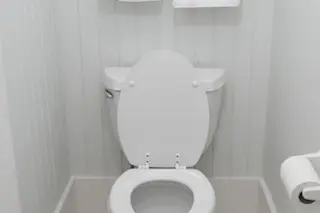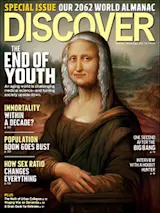It’s flushed down dark pipes into malodorous sewers. It is the very definition of “waste.” But it turns out that human feces may also have amazing healing properties, due to the trillions of colon microorganisms that it contains. Stool from a healthy person, recent findings show, can cure nine out of ten chronic cases of potentially deadly colitis caused by the intestinal bacterium Clostridium difficile. Moreover, healthy stool might treat a range of other disorders, from Crohn’s disease to constipation.
The procedure of transferring stool to a patient—technically called fecal microbiota transplantation—was first performed in the United States in 1958 to treat an intractable case of C. difficile colitis, a gastrointestinal condition caused when the balance of microbes in the gut—called the microbiome—is destabilized or destroyed. The goal was to banish C. difficile by overpowering it with healthy microbes so that balance could be restored. The experiment worked, and last ...





